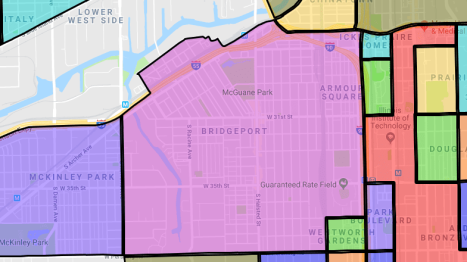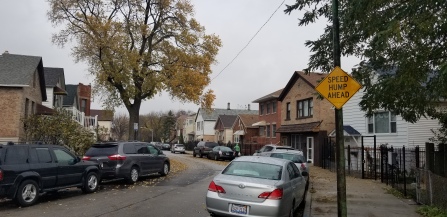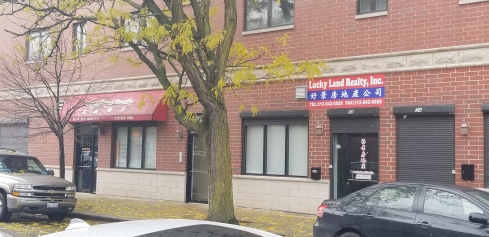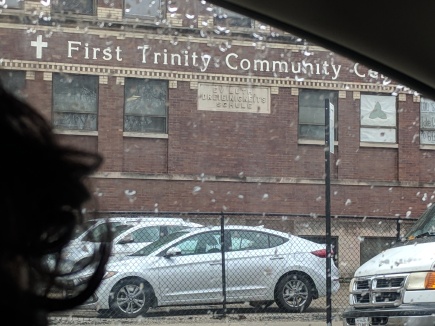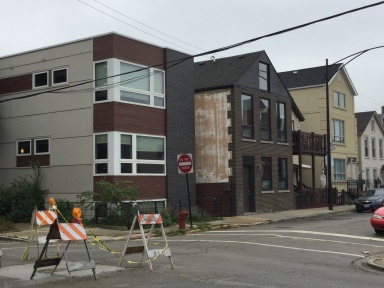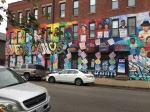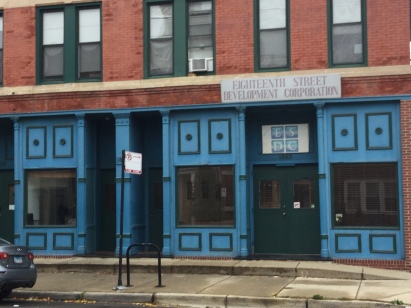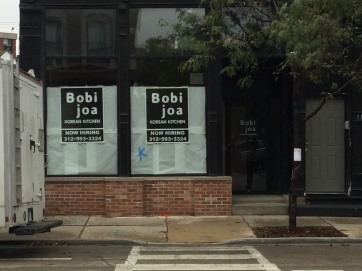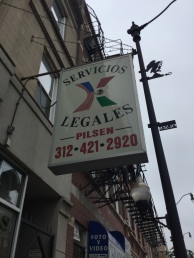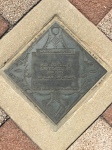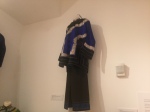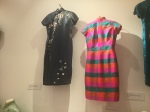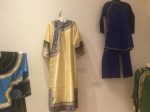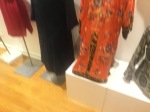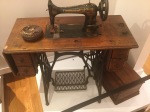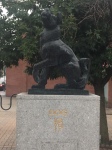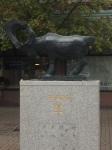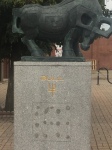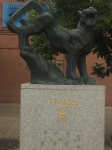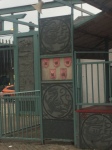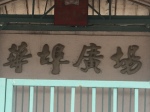During my time in your Social Science course, I learned a great deal about Chicago and its history. I was surprised to learn that the city of Chicago was built in a swamp. I thought that a city as great as Chicago would’ve started out on a more stable foundation, such as a plain, or maybe a slight hill. Another thing I was surprised to learn was that the name Chicago is actually derived from the Native American word “Chicagou”, which translates to “land of wild garlic.”
I also learned that Chicagoans are a very resourceful and determined group of people, finding solutions to every problem that appears, both large and small. Some examples of this determination and resourcefulness that particularly impressed me is when they literally reversed the flow of the Chicago River! Another example that impressed me is when the water table of the swamp the city was built on interfered with the people of Chicago’s attempts to dig down to build a sewer.
They couldn’t go down, so what did they do instead? They when up, or rather, their buildings did. When I first read about this, I almost couldn’t believe what I was reading. The people of Chicago put jacks (like what you put under your car) under their buildings, hundreds of them for each building, and they literally jacked up their buildings to make room for the sewer! They jacked up their buildings about ten or fifteen feet, shoring up the foundations with bricks as they went up.
With the sewer built, Chicago became a comparatively nice place to live in, and with the Chicago River’s flow reversed, Chicago became a city with a strong trading economy. With these two factors, as well as becoming a hub of railroad transport later on, Chicago was the place to be. It even hosted the World’s Columbian Exposition.
It attracted people from all over, from Chinese to Irish to German, and many more. These people going to an entirely new place naturally stuck to their own, resulting in the various ethnic areas of Chicago, such as Chinatown and Bridgeport. From my excursions to the various neighborhoods, as well as some supplementary research, I learned about the cultures of the people who lived in Chicago after immigrating.
The Chinese in Chinatown brought unique foods and exotic flavors with them when they immigrated here, such as durian flavored candy and bean paste pastries. They also have live seafood on display in their convenience stores and markets. The blacks already in the country were segregated into their own community in Bronzeville. Famous figures in the civil rights movement, such as Martin Luther King Jr. and Ida B. Wells, are memorialized in Bronzeville.
The Irish lived in Bridgeport, which was home to one of Chicago’s most famous mayors, mayor Richard J. Daley. Bridgeport is also that one place where all the hipsters live. Pilsen is a very large Czech and Latino community, with a cathedral and plenty of murals to show for it. On my own time with my friends, I visited Devon, which is a prominent Indian community, and Portage Park, an area named for its 36 acre park. I have to admit, I was proud of the joke I made about the coffee shop called Portage Grounds being close to the grounds of Portage park, and whether or not it was a coincidence.
I thoroughly enjoyed each place I visited, but when you compare them, there’s one thing in particular that’s the same between all of them. That one thing is gentrification. There was always that one building that looked too modern to be where it was.
The obvious difference between them is the racial demographics. Chinatown is Chinese, Bronzeville is black, Bridgeport started out Irish, but its also the place where all the hipsters go, so who knows what the demographics are now. Pilsen is Latino and Czech, Devon is completely Indian, and Portage park is roughly split between White and Hispanic. These areas, with their demographics so different, would naturally have different cultures.
Another difference between these areas are the size of the areas themselves. Devon was basically just a single street, while the park in Portage Park was a massive 36 acres. Bridgeport, Bronzeville, Chinatown, and Pilsen were all decently large areas encompassing several streets.
As you have plainly seen, I’m not that good at writing blogs. To be honest, my math/science/autistic brain leave me unsuited for the creative writing world. I have learned that I have some work to do in order to be at least somewhat competent in writing creatively, as opposed to writing plainly.
Before taking this class, I didn’t really think about the city of Chicago at all. I was mainly focused on what happened at home, and what I did on campus, without considering much of anything beyond that. Now that I’ve taken this course, I know that there is a lot more to this place than just my house and the school I go to. Maybe I can visit some of these places again whenever I have some downtime. I could even bring my friends along.
When you think about it, it makes perfect sense that Chicago is considered a global city. I mean, it’s got some of the best infrastructure, and one of the most vibrant economies in the world. Every city ranking list I’ve seen has Chicago somewhere in the top ten, or at least the top fifteen, out of all the cities in the world. Chicago also has great architecture, museums, music, and restaurants. The fact that it is also a transportation hub, along with all its beauty and history, also contribute to Chicago’s global status.
Overall, I thoroughly enjoyed taking your class. I appreciate how I’ve been introduced to parts of the city that I never thought about before, or that I even knew existed.
